Search
03301 USING HUMECTANTS TO ENHANCE THE PERFORMANCE OF EMBEDDED GALVANIC ANODES
Also Purchased
02263 Impressed Current and Galvanic Discrete Anode Cathodic Protection for Corrosion Protection of Concrete Structures
Product Number:
51300-02263-SG
ISBN:
02263 2002 CP
Publication Date:
2002
$20.00
10122 Performance of Zinc Sacrificial Anodes for Long-Term Control of Reinforcement Corrosion
Product Number:
51300-10122-SG
ISBN:
10122 2010 CP
Publication Date:
2010
$20.00
04333 New Developments in the Galvanic Cathodic Protection of Concrete Structures
Product Number:
51300-04333-SG
ISBN:
04333 2004 CP
$20.00




